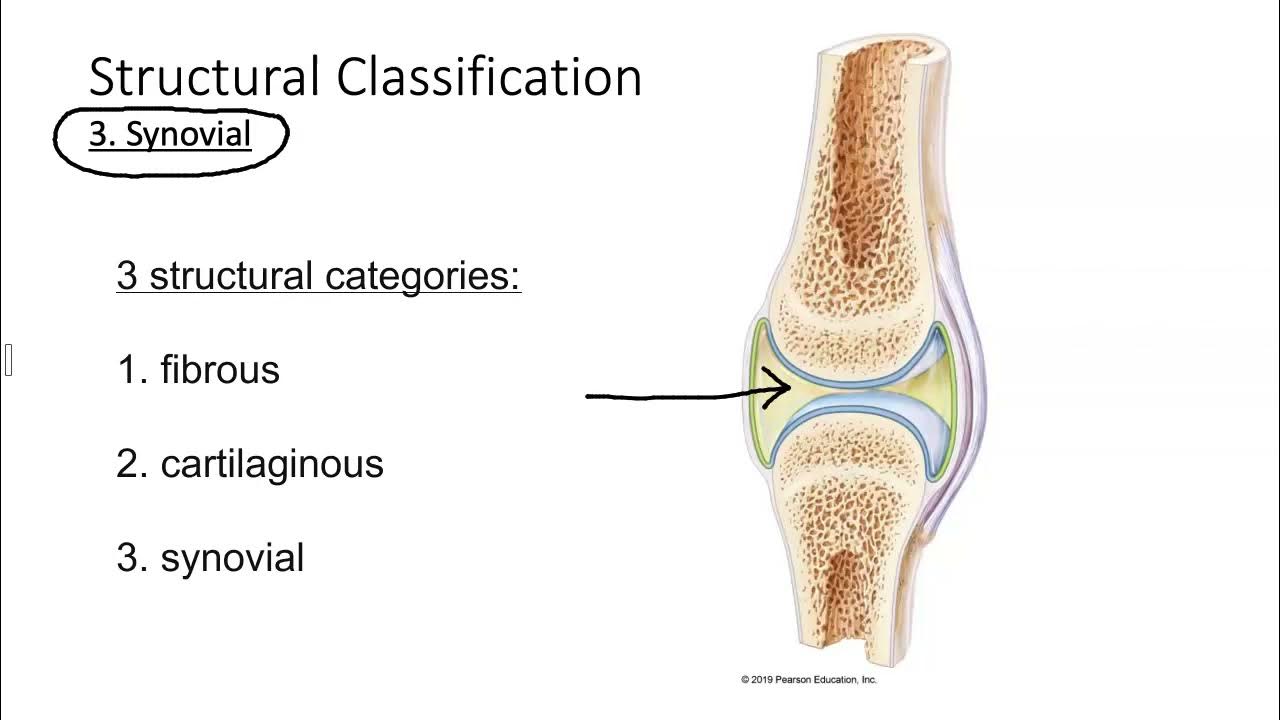Rangka, Otot, dan Sendi - Materi IPAS Kelas 6 Kurikulum Merdeka
Summary
TLDRThis video explores the human skeleton, muscles, and joints, highlighting their critical roles in movement. The skeleton is made up of 206 bones, divided into three main sections: the head, body, and limbs. Key skeletal functions include support, protection, and the production of red blood cells. Muscles, categorized into smooth, striated, and cardiac types, allow active movement through contraction, extension, and elasticity. Joints, ranging from pivot to ball-and-socket types, enable bones to move in various ways, facilitating a wide range of bodily motions. The video provides an informative overview of these interconnected systems crucial to human mobility.
Takeaways
- 😀 The human skeleton consists of 206 bones that are connected by joints and plays a key role in the body's movement system.
- 😀 The skeleton is divided into three main types: the head (skull), body, and limb skeletons.
- 😀 The head skeleton protects the brain and facial organs and consists of bones like nasal, cheekbones, upper and lower jaw, and others.
- 😀 The body skeleton includes bones such as the spine, ribs, sternum, shoulder girdle, and pelvic girdle.
- 😀 The locomotor skeleton is made up of the upper and lower limb skeletons, with bones like the thigh, shin, and arm bones.
- 😀 The skeleton serves multiple functions, such as supporting the body, enabling movement, providing body shape, and protecting vital organs.
- 😀 Muscles are active tissues that help in moving bones and have properties such as contractility, extensibility, and elasticity.
- 😀 Human muscles are categorized into smooth muscles, striated muscles, and cardiac muscles, each with distinct functions and locations.
- 😀 Joints are the connections between bones and allow movement in different directions, classified into types like pivot, gliding, saddle, hinge, roll, and ball and socket joints.
- 😀 Ball and socket joints, such as those in the hip and shoulder, allow movement in all directions and rotation, enabling versatile body motions.
Q & A
What is the role of the skeleton in the human body?
-The skeleton serves several important functions: it supports the body, provides structure and shape, protects vital organs, aids in movement by serving as attachment points for muscles, and helps in the production of new red blood cells.
How many bones are there in the human body, and what is their purpose?
-The human body consists of 206 bones. These bones are connected by joints and form the structure of the body, allowing movement and protecting essential organs.
What are the three main divisions of the human skeleton?
-The human skeleton is divided into three parts: the head or skull skeleton, the body skeleton, and the locomotor or limb skeleton.
What bones are included in the head or skull skeleton?
-The head skeleton includes bones that protect the brain and facial bones. It consists of bones like the forehead, temporal, and nasal bones, as well as the facial bones like the cheekbones, upper and lower jaw, and others.
What are the primary functions of muscles in the human body?
-Muscles function as the active means of movement, enabling the body to move bones. They contract, extend, and return to their original shape, facilitating various actions and movements.
What are the three types of muscles in the human body?
-The three types of muscles are smooth muscles (found in organs like the digestive tract), striated muscles (attached to the skeleton and controlled consciously), and cardiac muscles (found in the heart and function involuntarily).
What is the difference between smooth muscles and striated muscles?
-Smooth muscles are involuntary, spindle-shaped, and control movements in internal organs. Striated muscles, on the other hand, are voluntary, fiber-like, and attached to the skeleton, enabling conscious movements like lifting objects.
What are joints, and why are they important?
-Joints are connections between bones that allow for movement. They are essential for flexibility and range of motion in the body, and they vary in type, enabling different types of movement.
What are the different types of joints found in the human body?
-The types of joints include pivot joints, gliding joints, saddle joints, hinge joints, roll joints, and ball-and-socket joints. Each allows different movements such as rotation, sliding, bending, or multi-directional movement.
Can you explain the function of ball-and-socket joints in the body?
-Ball-and-socket joints, like those found in the hip and shoulder, allow for the most flexibility. They permit movement in all directions and also enable rotation, helping the body perform a wide range of motions.
Outlines

Dieser Bereich ist nur für Premium-Benutzer verfügbar. Bitte führen Sie ein Upgrade durch, um auf diesen Abschnitt zuzugreifen.
Upgrade durchführenMindmap

Dieser Bereich ist nur für Premium-Benutzer verfügbar. Bitte führen Sie ein Upgrade durch, um auf diesen Abschnitt zuzugreifen.
Upgrade durchführenKeywords

Dieser Bereich ist nur für Premium-Benutzer verfügbar. Bitte führen Sie ein Upgrade durch, um auf diesen Abschnitt zuzugreifen.
Upgrade durchführenHighlights

Dieser Bereich ist nur für Premium-Benutzer verfügbar. Bitte führen Sie ein Upgrade durch, um auf diesen Abschnitt zuzugreifen.
Upgrade durchführenTranscripts

Dieser Bereich ist nur für Premium-Benutzer verfügbar. Bitte führen Sie ein Upgrade durch, um auf diesen Abschnitt zuzugreifen.
Upgrade durchführenWeitere ähnliche Videos ansehen

Movement in humans skeleton, muscle, joints

[ENG SUB] Locomotor System

"How the Human Musculoskeletal System Works | Bones, Muscles & Movement Explained"

TOPIK A.1 : RANGKA TULANG TUBUH MANUSIA | BAB 1 | KELAS 6 SD | MUATAN IPAS | KURMER | SEMESTER 1

Classification of joints

Sistema Muscular | Resumo Toda Matéria
5.0 / 5 (0 votes)
